The belief was prevalent among scientists, even before the last thirty years, that birds are completely incapable of feeling smells, but this belief later turned out to be wrong.
The smell of birds in general
The means of communication used by canaries are above all visual and acoustic, that is to say the colors of the plumage or the song. But we must not neglect the sense of smell, since birds do. It took researchers three decades to prove it and understand how it worked.
Indeed, according to the species, the olfactory capacities vary enormously. Some birds exhale a strong odor like the stariques (cousins of penguins) or the kakapo (New Zealand parrots), hence proof that they are gifted with a sense of smell. In fact, in a wild environment where there are predators, there would be no advantage for the birds to give off an odor.
Researchers have also looked into the question of the genome of canaries , and that of olfactory receptors. Indeed, having an idea of the number of sensory neurons is an indicator of how many smells a canary can smell. Following these studies, the researchers have proven that the number of genes and that of olfactory receptors are different depending on the species of bird. As such, it is the kiwi that has the greatest number of these receptors. It has 6 times more than the canary.
And in terms of genes, humans are far behind these species. They use their sense of smell in particular to look for food that is hidden underground. Unlike us, their sense of smell is vital.
Where does the ability of canaries to smell come from?
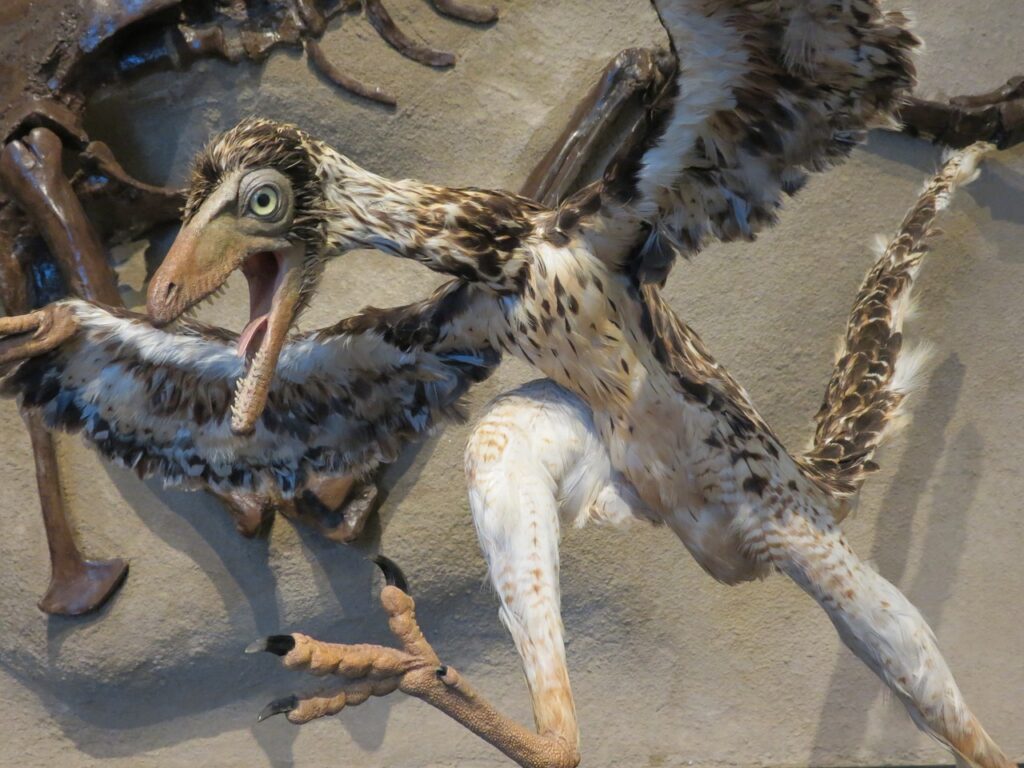
Canaries seem to have inherited their sense of smell from dinosaurs and then improved it. Because we must not forget that birds are the descendants of certain species of dinosaurs. Researchers working on these questions have compared some prehistoric and present-day animals. The conclusion is that Archaeopteryx (a feathered dinosaur) had a level of smell similar to that of the pigeon.
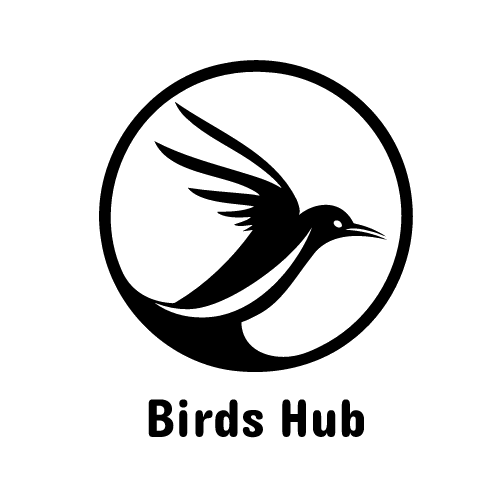
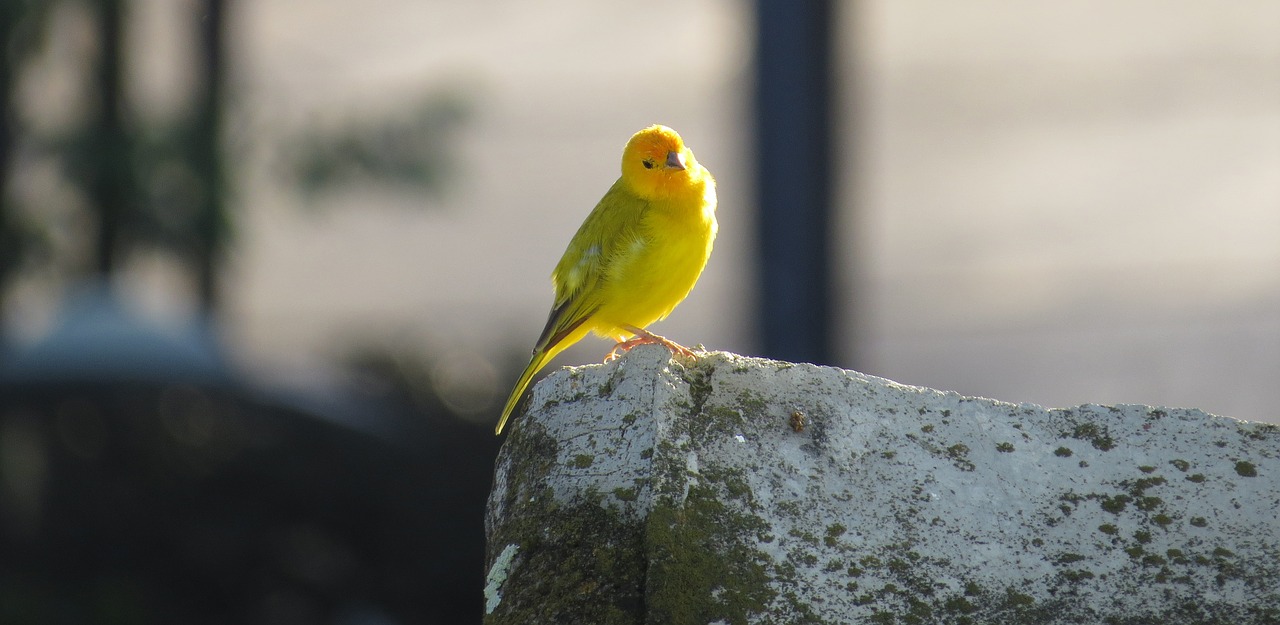
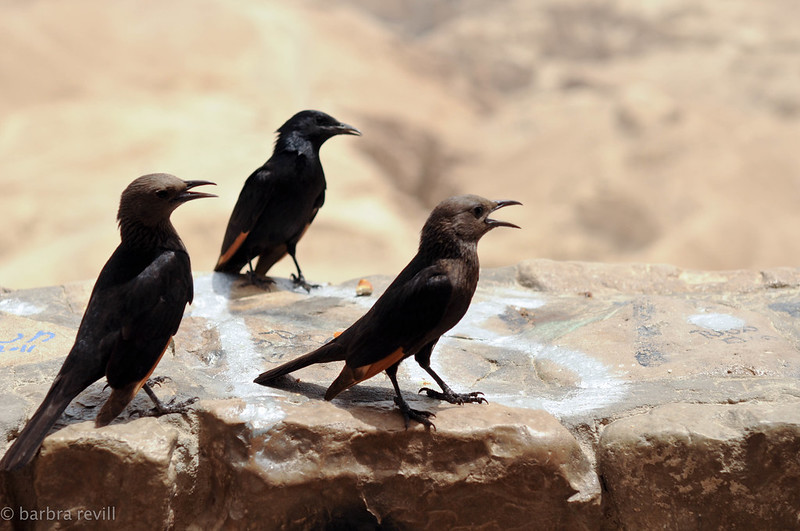

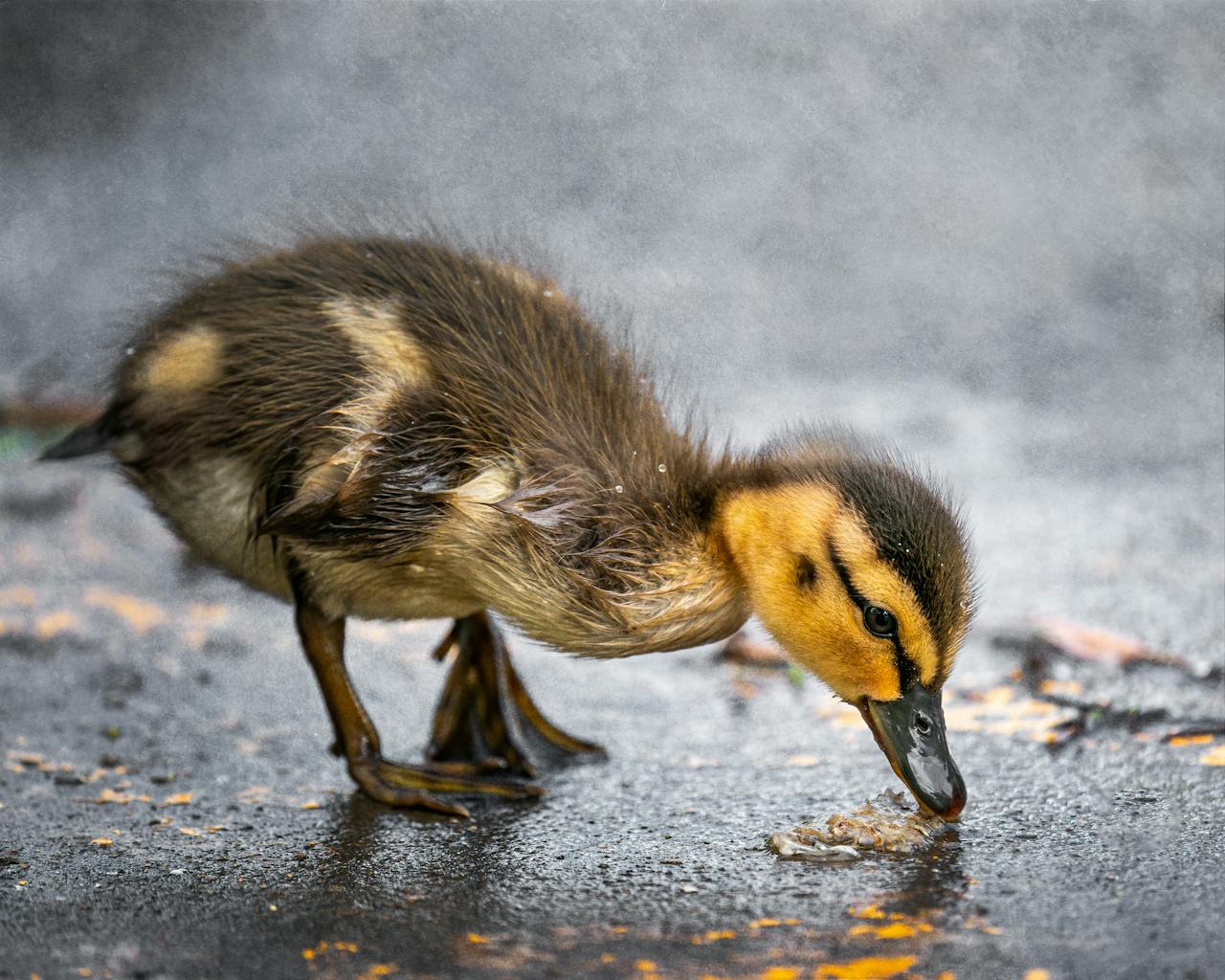
Leave a Reply